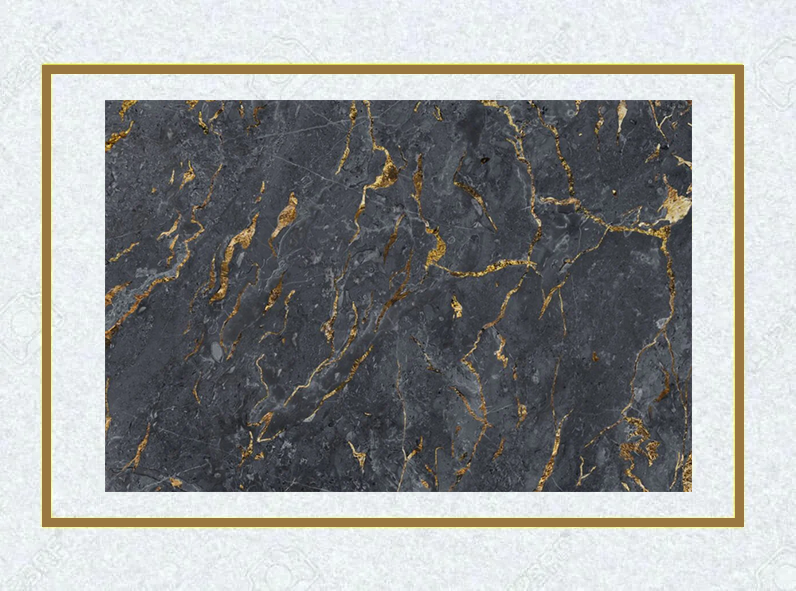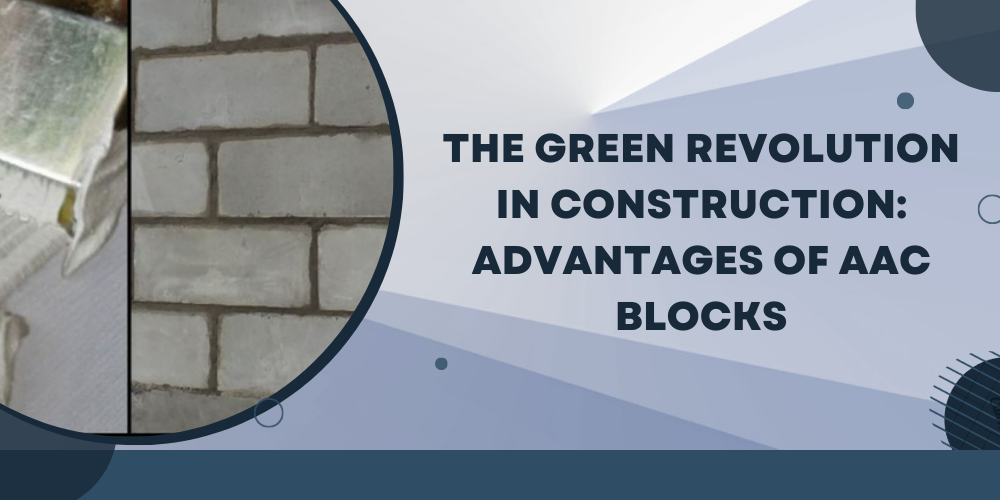As traditional building materials continue to leave a significant carbon footprint, a sustainable alternative has emerged: Autoclaved Aerated Concrete (AAC) blocks. The rise of AAC blocks represents a green revolution in the construction industry, offering a plethora of advantages that make it an environmentally responsible choice for builders and developers. Know all about the eco-friendly aspects of AAC blocks churned by one of the topmost AAC block manufacturers in India.
- Reduced Carbon Footprint:
One of the most compelling reasons why AAC blocks are celebrated in eco-conscious circles is their remarkably low carbon footprint. Traditional building materials like clay bricks and concrete blocks require intensive energy consumption during production, leading to substantial greenhouse gas emissions. On the contrary, AAC blocks are manufactured using a highly sustainable process.
The key ingredients in AAC blocks include fly ash, cement, lime, water, and an expanding agent. What sets them apart is the unique manufacturing method that involves the use of a high-pressure autoclave, which initiates a chemical reaction between the ingredients. This reaction forms countless tiny air pockets throughout the material, giving it a lightweight and cellular structure. Since the main raw material, fly ash is a byproduct of coal-fired power plants, the utilization of AAC blocks also helps in recycling industrial waste, reducing the burden on landfills.
- Sustainable Sourcing:
Sustainable sourcing is a critical factor in evaluating the environmental impact of any building material. The production of AAC blocks consumes significantly less water and raw materials compared to traditional alternatives. Moreover, AAC blocks are known for their durability, ensuring they have a long lifespan and reduce the need for frequent replacements, further decreasing the demand for new construction materials.
Furthermore, the use of fly ash in AAC blocks prevents the discharge of this industrial residue into the environment, reducing the pollution caused by its disposal. By incorporating fly ash into the manufacturing process, the construction industry can make strides towards a circular economy, closing the loop on waste and creating a more sustainable building ecosystem.
- Energy Efficiency:
AAC blocks possess excellent thermal insulation properties, which translate to energy-efficient buildings. The air pockets within the blocks provide natural thermal resistance, minimizing the need for additional insulation in construction. As a result, AAC buildings remain cooler in summers and warmer in winters, reducing the energy requirements for heating, ventilation, and air conditioning (HVAC) systems.
Consequently, the energy consumption of buildings constructed with AAC blocks is significantly lower, leading to reduced greenhouse gas emissions and a lighter environmental impact.
- Reduced Construction Waste:
Construction waste is a major contributor to environmental degradation, clogging landfills and releasing harmful substances into the surroundings. However, AAC blocks can help address this issue as well. The lightweight nature of AAC blocks makes them easy to handle and cut, reducing the generation of waste during construction.
Furthermore, any unused AAC blocks can be easily recycled or repurposed, minimizing the overall waste generation and promoting a more sustainable construction process.
- Improved Indoor Air Quality:
Indoor air quality is a crucial aspect of green construction. Traditional building materials often contain harmful volatile organic compounds (VOCs) that can off-gas over time, leading to health hazards for occupants. AAC blocks, being inorganic and free from harmful additives, do not emit VOCs, promoting a healthier indoor environment and ensuring the well-being of residents.






